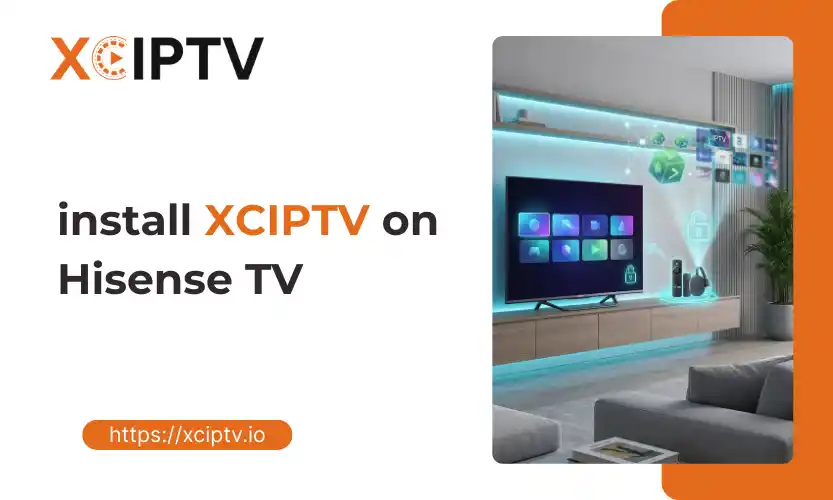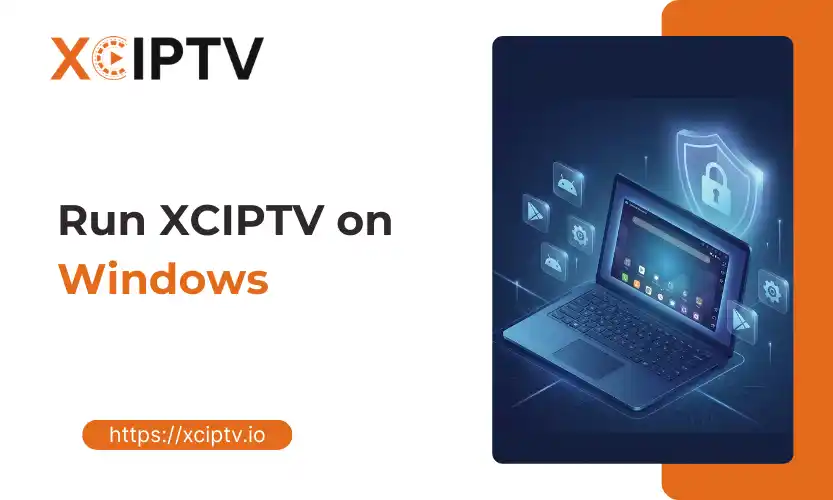Internet Protocol Television (IPTV) has revolutionized media consumption, offering vast content at our fingertips. But have you ever wondered where IPTV is getting its programming from? This article delves into the various sources and methods IPTV providers use to acquire and deliver content to viewers worldwide.
Before we explore where IPTV is getting its programming from, let’s briefly explain what IPTV is. IPTV delivers television programming and video content over Internet Protocol (IP) networks. This technology lets viewers stream their favourite shows, movies, and live events online rather than traditional cable or satellite systems.
Legal Sources of IPTV Programming
1. Direct Licensing Agreements
One of the primary ways IPTV providers acquire content is through direct licensing agreements with content owners. These agreements allow providers to stream content from various sources legally:
- Television networks
- Movie studios
- Independent content creators
- Sports leagues
Licensing agreements often involve complex negotiations and can be expensive, especially for premium content like major sports events or popular TV series. Providers must ensure they have robust security systems, such as Conditional Access Systems (CAS) and Digital Rights Management (DRM), to protect the licensed content and comply with agreement terms.
2. Content Aggregators
Many IPTV providers work with content aggregators to expand their programming offerings. Content aggregators bundle content from multiple sources and offer these packages to IPTV providers. This approach can be particularly beneficial for smaller providers struggling to secure individual deals with major content creators.
Content aggregators typically offer:
- A wide range of channels from various networks
- On-demand content libraries
- International programming options
By partnering with content aggregators, IPTV providers can quickly expand their content libraries and offer diverse programming to their subscribers.
3. Partnerships with Content Creators
Some IPTV providers form direct partnerships with content creators. This approach can be mutually beneficial:
- Providers get exclusive or early access to content
- Creators gain a new distribution channel for their work
These partnerships often involve revenue-sharing agreements, where both parties benefit from the content’s success on the IPTV platform. This model has become increasingly popular, especially for niche content or regional programming.
4. Over-The-Top (OTT) Services
IPTV providers sometimes partner with OTT services to offer content in their packages. OTT services like Netflix, Amazon Prime Video, or Hulu produce original and license content from other sources. By integrating these services, IPTV providers can offer their subscribers a more comprehensive content selection.
In-House Content Production
1. Original Programming
Larger IPTV providers invest heavily in producing original content, particularly those operating as streaming platforms. This strategy allows them to:
- Offer unique programming to subscribers
- Reduce reliance on external content sources
- Build brand loyalty through exclusive shows and movies
Examples of IPTV providers creating original content include:
- Netflix with shows like “Stranger Things” and “The Crown.”
- Amazon Prime Video with “The Marvelous Mrs. Maisel” and “The Boys”
- Hulu with “The Handmaid’s Tale” and “Only Murders in the Building”
2. Local Content Production
Some IPTV providers focus on producing local content to cater to specific regional audiences. This approach helps them differentiate from global competitors and appeal to viewers looking for content that reflects their culture and experiences.
User-Generated Content
Some IPTV platforms incorporate user-generated content, similar to YouTube. This can provide a diverse range of programming at a lower cost, though it requires careful moderation to ensure quality and legality. User-generated content can include:
- Vlogs and personal channels
- Independent short films
- Educational content
- Gaming streams
Live TV Capture and Rebroadcasting
For live TV content, some providers use specialised equipment to capture and encode broadcast signals in real-time. This method is often used for:
- Local channels
- International broadcasts
- Special events
It’s important to note that rebroadcasting without proper licensing can be illegal in many jurisdictions.
Content Delivery Infrastructure
Once we understand where IPTV is getting its programming, we must explore how it delivers this content to viewers. IPTV providers rely on a robust infrastructure to ensure smooth content delivery:
1. Content-Encoding
Raw video files are usually too large for efficient streaming. Providers use advanced encoding techniques to compress content without significant quality loss. Popular codecs include:
- H.264/AVC
- H.265/HEVC
- VP9
These codecs can reduce file sizes by up to 50% compared to older standards, making HD and 4K streaming more feasible.
2. Content Delivery Networks (CDNs)
CDNs are a crucial component of IPTV infrastructure. They consist of a distributed server network that stores content copies in various locations. When a user requests a video, it’s served from the nearest CDN server, reducing latency and improving streaming quality.
CDNs offer several benefits:
- Faster content delivery
- Reduced bandwidth costs for providers
- Better handling of traffic spikes
- Improved reliability and uptime
3. Streaming Protocols
IPTV providers use various streaming protocols to deliver content efficiently:
- HTTP Live Streaming (HLS): Widely supported and works well with adaptive bitrate streaming
- Dynamic Adaptive Streaming over HTTP (DASH): An open standard that’s gaining popularity
- Real-Time Messaging Protocol (RTMP): Often used for live streaming
These protocols allow for smooth playback on various devices and network conditions.
Legal and Regulatory Challenges
Understanding where IPTV is getting their programming from also involves recognising the legal and regulatory challenges providers face:
1. Copyright Compliance
Ensuring all content is licensed correctly and used according to agreement terms is crucial. Providers must implement robust DRM systems to prevent unauthorized copying or distribution.
2. Geoblocking
Many content licenses are region-specific, requiring providers to implement geoblocking technology. This ensures content is only accessible in authorized territories.
3. Net Neutrality
Regulations around net neutrality can impact how IPTV services are delivered and priced. Providers must stay informed about changing laws in different jurisdictions.
4. Data Protection
With the increasing focus on user privacy, IPTV providers must comply with data protection regulations like GDPR in Europe or CCPA in California.
5. Quality of Service Requirements
Some countries have regulations specifying minimum quality standards for IPTV services, including uptime, video quality, and customer support responsiveness.
The Future of IPTV Programming
As technology evolves, so do the methods IPTV providers use to acquire and deliver content:
1. AI-Powered Content Creation
Artificial intelligence is beginning to play a role in content creation, from generating scripts to producing short-form videos. This could provide IPTV providers with a new cost-effective, personalised content source.
2. Blockchain for Rights Management
Some providers are exploring blockchain technology to create more transparent and efficient systems for managing content rights and royalty payments.
3. 5G Networks
The rollout of 5G networks promises to revolutionize IPTV delivery, enabling higher-quality streams and more interactive content experiences.
4. Virtual and Augmented Reality
As VR and AR technologies mature, IPTV providers may need to adapt their content acquisition and delivery methods to support these immersive formats.
5. Personalized Content Packages
Advanced data analytics allow providers to offer increasingly personalized content packages, potentially changing how they negotiate licensing deals and acquire programming.
Conclusion
Where IPTV is getting its programming from has a multifaceted answer. From traditional licensing agreements to cutting-edge content creation technologies, IPTV providers employ various methods to bring diverse and engaging content to viewers.
As consumers, understanding these processes can help us make informed choices about our IPTV services. It also highlights the complex ecosystem that exists behind the scenes to deliver the content we enjoy every day.
The future of IPTV programming looks bright, with new technologies and innovative content creation methods on the horizon. As the industry continues to evolve, we can expect to see even more diverse and personalised content offerings, changing how we consume media for years.




